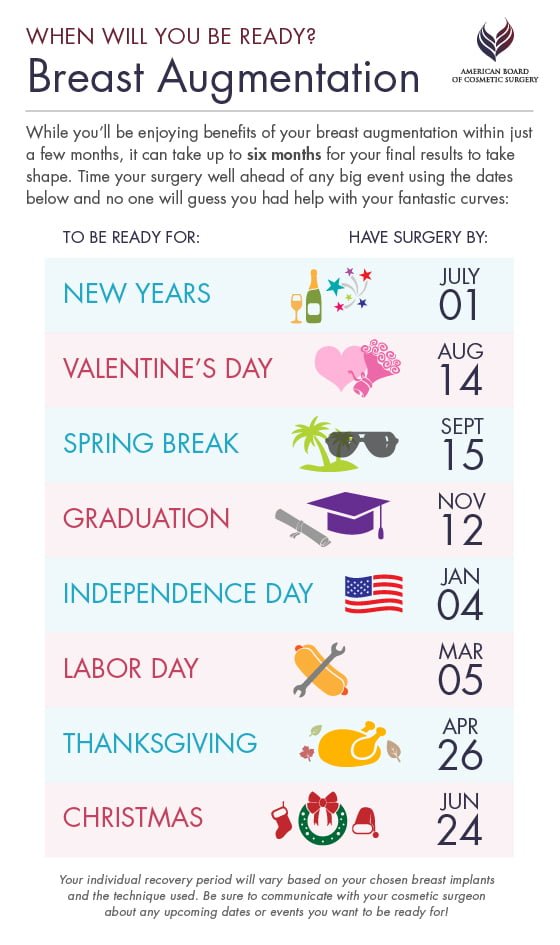What Is Hormonal Acne
What Is Hormonal Acne
Blog Article
Acne on Various Parts of the Body
Acne does not simply affect your face, it can show up anywhere you have oil glands. These include the upper body, shoulders and back. Likewise known as bacne, it can be equally as unattractive and uncomfortable as facial acne.
Both men and women can develop blackheads and whiteheads on these body areas in addition to pimples. These include Papules topped with pus-filled lesions and serious nodular cystic acne.
Face
Acne happens when your pores get blocked with oil, dead skin cells and germs. These accumulations create inflammatory lesions called pimples, or areas. Acne lesions include blackheads, whiteheads and papules, which are sore, pink or red bumps that are filled with pus (also known as inflammatory papules). They may also include nodules, which are hard, painful, pus-filled lumps and cysts, which are deep and often leave marks.
While acne postures no significant hazard to your wellness, it can be awkward or unpleasant, specifically if you have extreme acne that creates scarring. It normally shows up during the teen years and can last for 3 to 5 years.
Back
Acne on the back, also called bacne, can form on the shoulders and top back. This sort of acne creates when skin hair pores obtain blocked with dead skin and sweat or oil created by the sebaceous glands. These clogged pores can lead to whiteheads, blackheads, acnes, papules, cysts or blemishes.
The shoulder and back have a lot more sweat glands than the face, making them vulnerable to acne breakouts. Adolescents and pregnant females might have a lot more back acne because of hormonal changes. Rubbing from uncomfortable clothes and backpacks, as well as entraped sweat, can get worse the problem.
Easy lifestyle tactics can aid handle bacne and avoid future outbreaks, such as showering after workout and cleansing linens frequently. Non-prescription topical cleansers and creams with salicylic acid or low concentrations of benzoyl peroxide can get rid of excess oil and unblock pores.
Breast
Like face acne, upper body outbreaks happen anywhere oil glands are concentrated. They are most usual in areas where sweat can get entraped such as in skin folds. It can develop in both males and females of any ages.
Acne on the breast can occur when excess sebum blends with dead skin cells and microorganisms obstructing hair roots and pores. The chest is prone to this due to the fact that it has even more oil glands than other parts of the body.
Too much sweating complied with by a failure to wash, perfumed perfumes or colognes, irritant active ingredients in skin care items and medicines like steroids, testosterone supplements and mood stabilizers can all add to breast breakouts. Any person with a consistent chest outbreak ought to talk to their medical professional or skin specialist.
Buttocks
While it's not often gone over, acne can occur anywhere on the body which contains hair roots. Clogged pores and sweat that gather in the buttocks can lead to booty acnes, especially in females who have hormonal discrepancies like polycystic ovary syndrome. Reaching the root of the trouble needs a comprehensive analysis by a board-certified skin specialist.
Blemishes on the butts can be due to a selection of conditions, consisting of keratosis pilaris and folliculitis. They resemble acne as a result of their flushed appearance, yet they're usually not in fact acne. Clients can protect against butt acne by using loosened garments and bathing often with anti-bacterial soap or a noncomedogenic cleanser.
Arms
While more study is needed, it's feasible that acne on the arms may be activated by hormonal modifications or imbalances. Hormone fluctuations can activate excess oil manufacturing, resulting in outbreaks. Friction from limited clothes or too much rubbing can likewise irritate the skin, contributing to equip acne.
If what looks like acne on the arms is red, splotchy and scratchy, it could really be hives or dermatitis. If you are uncertain, speak to a dermatologist to get how long does botox last to the bottom of what's triggering your symptoms.
Washing the skin regularly, especially after sweating or exercising, can help keep arm acne away. Exposed Skin Care supplies a body wash that is mild on the skin and aids avoid irritability and unclogs pores.
Legs
Although the face, back and upper body are the most typical areas to get acne, the problem can turn up anywhere that hair follicles or oil glands exist. These consist of the groin, arms, and legs.
Unlike the bumps that appear on your cheeks and forehead, the bumps on your leg are commonly not pimples however instead swollen, red follicles called folliculitis. Acne on the legs can be triggered by hormone changes, sweat and friction, or a diet regimen high in dairy and sugar.
If you have folliculitis, your bumps may appear like blackheads (open comedones that show up black due to oxidation of sebum and dead skin cells) or whiteheads (closed comedones that are identified by tiny, dome-shaped papules). Your blemishes can likewise show up as red or pink pus-filled sores called pustules or nodules and cysts.